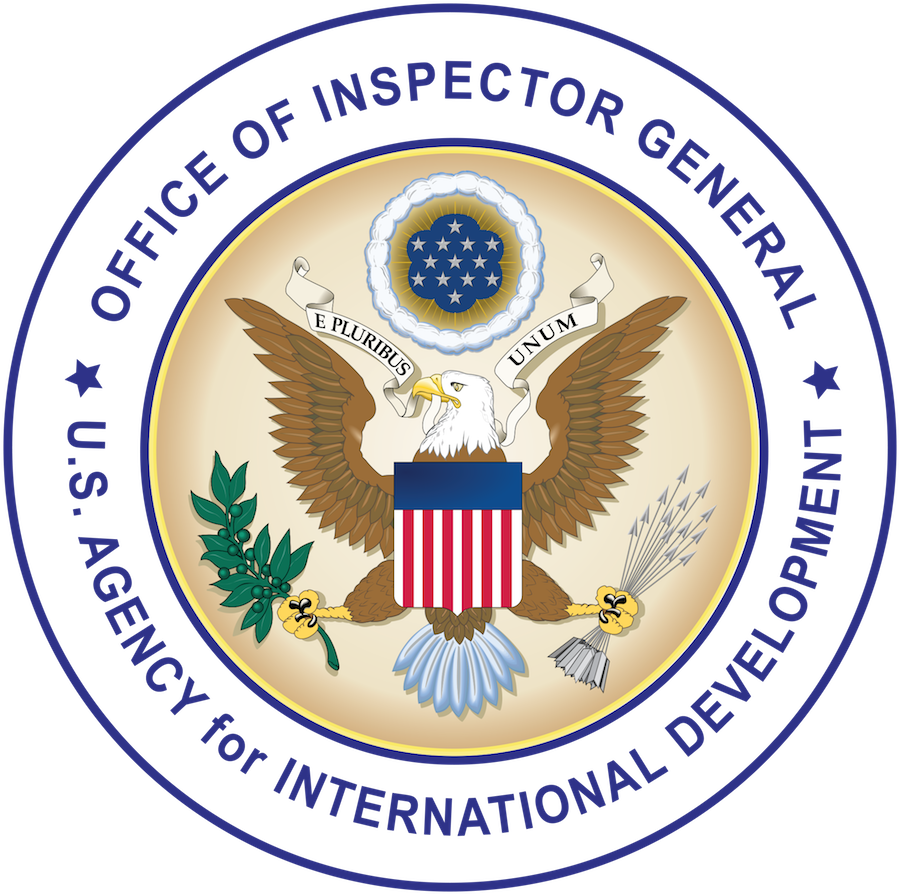Why We Did This Audit
- The Rohingya people—a Muslim minority in Burma who differ from the country’s dominant Buddhist population ethnically, linguistically, and religiously—have faced discrimination, targeted violence, and human rights violations for many years, forcing hundreds of thousands to flee their homes.
- In 2017, a Burmese military operation against the Rohingya described as “ethnic cleansing” by humanitarian organizations forced more than 740,000 Rohingya to seek refuge in Bangladesh’s Cox’s Bazar, one of the largest refugee settlements in the world. The estimated 600,000 Rohingya who remain in Burma have been confined to camps and villages without freedom of movement and have had limited access to adequate food, healthcare, education, and livelihoods.
- From August 2017 to September 2022, the U.S. government provided nearly $1.9 billion in humanitarian assistance in Burma and Bangladesh for the crisis and has primarily used public international organizations, such as UN agencies, and international NGOs to carry out this assistance.
- Over the past decade, USAID has focused on strengthening local capacity, promoting country ownership, and increasing the sustainability of outcomes.
- OIG conducted this audit to determine the extent to which USAID (1) was positioned to transition from providing humanitarian assistance to development assistance in response to the protracted Rohingya crisis in Burma and Bangladesh, (2) has developed a strategy for managing the crisis, and (3) has used local implementers in response to the crisis.
What We Found
- Ongoing challenges have impeded USAID’s ability to transition from providing humanitarian assistance to development assistance.
- USAID did not have an overall strategy primarily due to the volatile situation in Burma and instead used a variety of individual governing documents to guide the Agency's efforts.
- USAID has utilized a small percentage of local organizations with direct funding due to local organizational capacity and USAID staffing issues.
Why It Matters
- USAID has played a critical role in responding to the Rohingya crisis by providing immediate, life-saving relief to the Rohingya in Bangladesh and Burma and development assistance to the host communities in Bangladesh.
- However, if conditions do not improve, roughly 500,000 Rohingya refugee children will continue to have limited access to education, hundreds of thousands of young people will remain deprived of livelihood opportunities, and almost 1 million Rohingya will continue to have very restricted lives.
- Although there are numerous challenges and obstacles to increasing international assistance to those affected by this crisis, USAID is uniquely positioned to provide necessary support to the Rohingya people.
- We made six recommendations to improve USAID’s humanitarian and development assistance efforts in response to the Rohingya crisis. USAID agreed with four recommendations and partially agreed with two recommendations.
